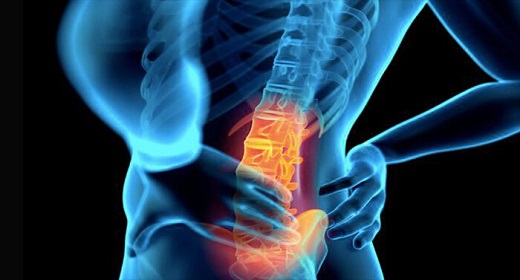by AE Toole: I love reading scientific reports, something I’ve done since my first job out of college…
I realize they can be a little dry for most people, so I’m sharing a secret. Scientific reports sometimes remind me of listening to comedians winding up a joke with a deadpan anecdote followed by a punchline that touches upon a human concern that makes us laugh as we self-consciously admit an unspoken fear. While comedians frequently capitalize on irony, we look to scientists to come up with answers to our fears—like getting Alzheimer’s.
If you like, you can try it with this fascinating recent study looking at the potential benefits of walking and dance for brain health:1
Here’s how I imagine a scientist delivering the study results on a comedy stage:
- Comedic anecdote: Global incidence of dementia is projected to double every 20 years…white matter degeneration is considered one of the primary mechanisms of cognitive decline in healthy aging and Alzheimer’s disease…so far, clinical trials have failed to demonstrate the benefits of aerobic exercise on the adult white matter using MRI.1
- Punchline: A 6-month clinical trial found that aerobic walking and dance interventions resulted in positive changes in white matter regions of the brain.1
Here’s what I imagine the audience thinking:
- Oh, wow! Maybe I can dance and walk my way out of getting Alzheimer’s, so I don’t end up like my Uncle Harry.
There are some amazing writers who make it their life’s work to translate scientific studies for us into everyday language. Gretchen Reynolds, a writer for The New York Times, is wonderful at this. Here is how she distilled the complexity of the science behind the walking/dancing study:
- Exercise can freshen and renovate the white matter in our brains, potentially improving our ability to think and remember as we age, according to a new study of walking, dancing, and brain health. It shows that white matter, which connects and supports the cells in our brains, remodels itself when people become more physically active. In those who remain sedentary, on the other hand, white matter tends to fray and shrink.” 2
- “The walkers and dancers were aerobically fitter, as expected. Even more important, their white matter seemed renewed… These desirable alterations were most prevalent among the walkers, who also performed better on memory tests now. The dancers, in general, did not…Meanwhile, the members of the control group, who had not exercised aerobically, showed declining white matter health after the six months, with greater thinning and tattering of their axons and falling cognitive scores.” 2
While the research is still preliminary, it still elicits a big “Wow!” from me as I share a widely held fear with many people that a disease like Alzheimer’s could destroy the last chapter of one’s life. Anyone who has watched a relative like Uncle Harry deteriorate with dementia would take notice.
Walking brings other benefits, too. The nonprofit organization, America Walks, organized these findings in one place: 3
- Consistent walking is as effective as running in lowering blood pressure.
- Walking is free, low-skill, requires no special equipment, and is available where people are.
- Walking can help in the treatment of both anxiety and depression.
- Walking in green space can improve sleep.
- Walking can help stem the effects of arthritis.
Just how much walking do we really need to do? You may have heard that the magic number is 10,000 steps per day. However, that does not appear to really be the case. A paleoanthropologist from Harvard, named Daniel Lieberman, shared in his book Exercised that the 10,000-step benchmark was pegged by a Japanese pedometer maker in the 1960s as a marketing tool. 4 (I know it sounds like a joke, but it isn’t.)
For all of us who are struggling to hit that 10,000-step mark each day, the good news is that a 2019 study found that, “Among older women, as few as approximately 4,400 steps/day was significantly related to lower mortality rates compared with approximately 2,700 steps/day. With more steps per day, mortality rates progressively decreased before leveling at approximately 7,500 steps/day.”5
Thanks to what we are learning from those stand-up scientists, maybe that doubling of dementia in 20 years isn’t inevitable if more of us can make time to go for a nice walk at least three times a week like the participants in the walking/dancing clinical trial. It turns out, our brains might just thank us!




















































